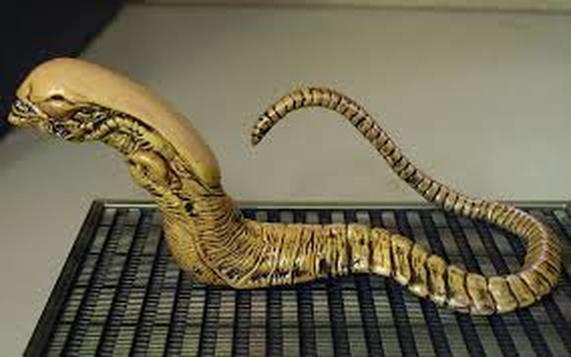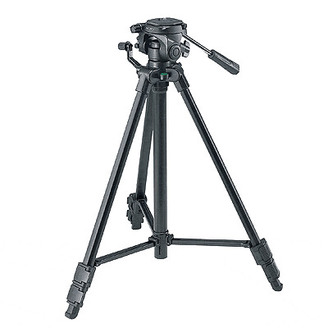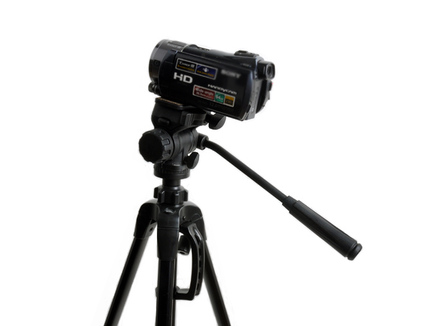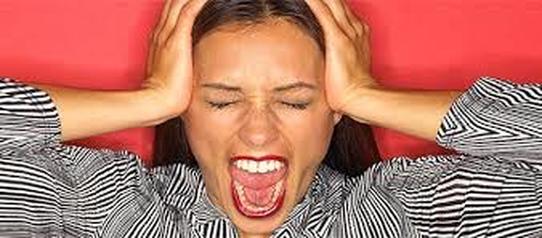Do's:
1. Stick to the brief, set and stick to an objective
2.Plan and storyboard- this is important because this allows you to stick to the brief without risk of deviation.
1. Stick to the brief, set and stick to an objective
2.Plan and storyboard- this is important because this allows you to stick to the brief without risk of deviation.
3.Correct and appropriate props are essential to maintain the genre for example, ridiculous props can make your horror into a comedy.
4.Correct casting is essential as dedicated actors will assist well in filming really effective clips.
5.Where possible use a tri-pod to stabilise the camera. A good camera that has a multiple angle screw hold and a spirit level is great to get accurate positioning.
5.Where possible use a tri-pod to stabilise the camera. A good camera that has a multiple angle screw hold and a spirit level is great to get accurate positioning.
6.Risk assessment is almost a legal requirement that will discuss the potentially lethal risks when filming such as the use of weapons and other props. If you were to be stopped by police you will need to present your document to prove that you are filming a legitimate film and not just wandering around with weapons.
7.Simple storyline- This is imperative to keep the attention of the audience as a confusing and too in depth storyline can lead to confusion, boredom and lack of interest.
8.Make every shot different- repetitive clips will lead to people thinking outside of the actual story of the film and start thinking about how it was produced not as well as it should have done.This again leading the audience astray from the fear were trying to give them through our trailer.
Dont's:
1.Don't film a drama. this means that you are overdramatising your work and your emotions can be seen as over exaggerated and fake for the situation that the character in the film should be in.
7.Simple storyline- This is imperative to keep the attention of the audience as a confusing and too in depth storyline can lead to confusion, boredom and lack of interest.
8.Make every shot different- repetitive clips will lead to people thinking outside of the actual story of the film and start thinking about how it was produced not as well as it should have done.This again leading the audience astray from the fear were trying to give them through our trailer.
Dont's:
1.Don't film a drama. this means that you are overdramatising your work and your emotions can be seen as over exaggerated and fake for the situation that the character in the film should be in.
2. Do not zoom into the subject as this tends to cause the camera to loose focus as the image is always changing.
3. do not use inappropriate props as you do not want to turn your horror into a comedy by using silly props that the audience would laugh at.
3. do not use inappropriate props as you do not want to turn your horror into a comedy by using silly props that the audience would laugh at.





